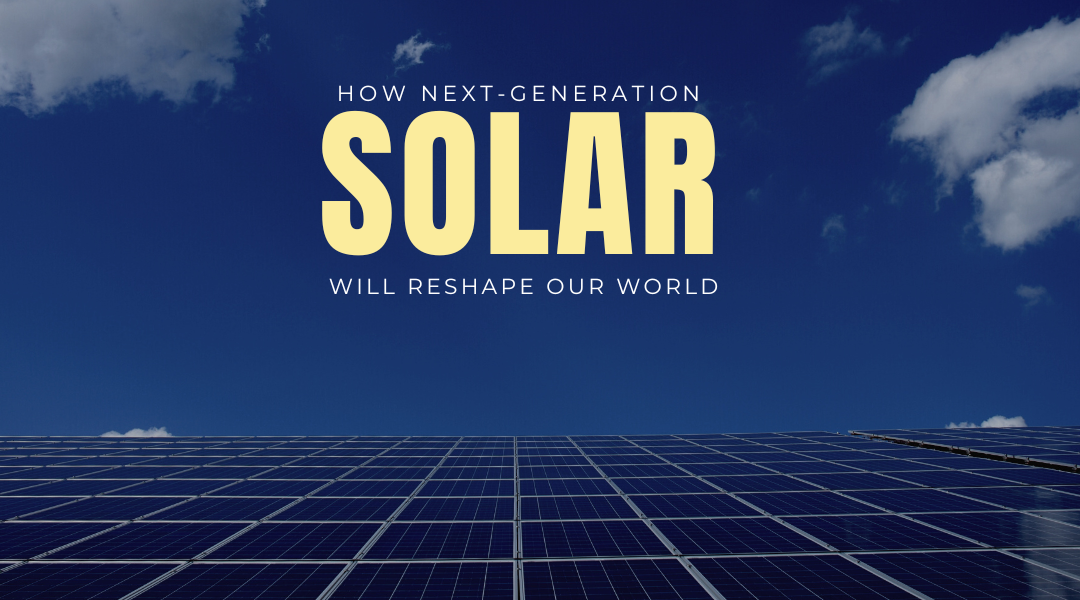The conversation around advanced solar technology often gets stuck in the lab, focused on efficiency percentages and material science. But a true energy revolution doesn’t just change our panels; it recalibrates our societies, our economies, and our relationship with the planet. The shift to solar power that can harness the full spectrum of light is not merely a technical upgrade—it’s a societal catalyst. Let’s trace the ripple effects.
The Reshaped Landscape: From Infrastructure to Environment
The most immediate changes will be visible in the world we build around us.
1. The Disappearing Power Plant
Imagine a city where power generation is no longer the domain of distant, hulking facilities. With ultra-efficient solar cells embedded in windows, facades, and roads, every building becomes a silent, self-sufficient power plant. This is “ubiquitous energy.”
- Urban Planning Revolution: The very logic of city planning shifts. The goal is no longer just to transport energy to a building, but to manage the excess energy flowing from it. We’ll see the rise of dynamic microgrids—neighborhoods that trade power amongst themselves, with a smart grid acting as a democratic energy exchange, routing power from a sun-drenched office tower to a shaded residential block in real-time.
- The Aesthetic Shift: Architects are liberated. Solar technology ceases to be an ugly add-on and becomes an integral, invisible component of design. A skyscraper’s gleaming glass curtain wall is also its primary energy source; a highway’s asphalt surface pays for its own maintenance by harvesting sunlight.
2. A Lighter Touch on the Earth
The environmental benefits extend far beyond zero emissions during operation.
- Rewilding the Grid: Today, vast tracts of land are dedicated to solar farms. A five-fold increase in efficiency means we could meet the same energy demands with a fraction of the land use. This opens up the possibility of decommissioning some large-scale solar installations and “rewilding” the land, restoring natural habitats and biodiversity.
- The Circular Solar Economy: The next frontier is lifecycle management. Research will focus on creating panels that are not just efficient, but also fully recyclable from day one. Imagine a panel designed to be disassembled—its quantum dots recovered, its metamaterials repurposed, and its base materials fed back into a closed-loop manufacturing cycle. This moves us from simply being “green” in operation to being regenerative by design.
The Human Dimension: Economics and Equity
This technological shift will create new winners and challenge existing power structures.
1. The Dawn of Energy Abundance
What happens when the marginal cost of energy approaches zero? This is the profound economic question posed by hyper-efficient solar power.
- Desert Blooms and Economic Shifts: Sun-belt regions—from the Sahara to the Australian Outback—could transform into global energy powerhouses, not by digging for fossil fuels, but by capturing abundant sunlight. This could redraw global economic maps, empowering sun-rich but development-poor nations.
- The Jobs Paradox: Yes, traditional energy sector jobs will decline, but a new ecosystem will emerge. We’ll need specialists in “building-integrated photovoltaics,” smart-grid cyber-security, urban energy management, and advanced recycling technologies. The challenge isn’t a lack of jobs, but a dramatic shift in the skills required.
2. Navigating the Equity Chasm
The potential for a new kind of energy divide is the most critical social challenge.
- The Risk of a Two-Tiered World: There is a real danger that advanced solar technology becomes a luxury good for the developed world, while poorer nations are left with outdated tech and a faltering fossil fuel infrastructure. Preventing this requires proactive international cooperation, technology-sharing agreements, and financing models that make the technology accessible to all.
- Energy as a Human Right: As generation becomes cheap and ubiquitous, the moral and political argument for treating basic energy access as a human right, similar to clean water, will become overwhelming. This could lead to social policies that guarantee a baseline of free daily energy for every household, funded by the surplus of the grid.
The Roadblocks: More Than Just Engineering
The final hurdles are often not in the lab, but in our laws, our markets, and our global cooperation.
- The Policy Chasm: Our current regulatory frameworks were built for a centralized, one-way energy flow. We need new policies that encourage, rather than penalize, decentralized energy production. How do you fairly credit a building for the power it sends to its neighbor? How do you update building codes to mandate integrated solar without stifling design?
- The Resource Dilemma: Some of these advanced technologies may rely on specific rare earth elements or complex nanomaterials. This could create new geopolitical tensions and supply chain vulnerabilities. The strategic response is heavy investment in material science aimed at substitution—finding ways to use abundant, non-conflict materials to achieve the same results.
- Building Trust in a New Grid: A grid powered by millions of independent generators requires unprecedented levels of digital coordination and cybersecurity. Public trust will be paramount. We must build systems that are not only efficient but also resilient and secure from malicious attacks.
Conclusion: A Choice, Not a Destiny
The potential of this solar revolution paints a picture of a world that is cleaner, more equitable, and more resilient. But this future is not guaranteed by the technology itself. It is a choice.
The path forward demands more than just brilliant scientists; it requires visionary policymakers, ethical business leaders, and an engaged public. We must choose to invest in equitable access, to design for circular sustainability, and to build regulatory frameworks that foster innovation while protecting the public good.
This is the true weight of the energy transition. It is not merely a technical project of swapping out our power sources. It is a foundational project of rebuilding our civilization to run on the timeless, abundant, and democratic power of the sun. The light is there for the taking; it is up to us to build a society worthy of its potential.
